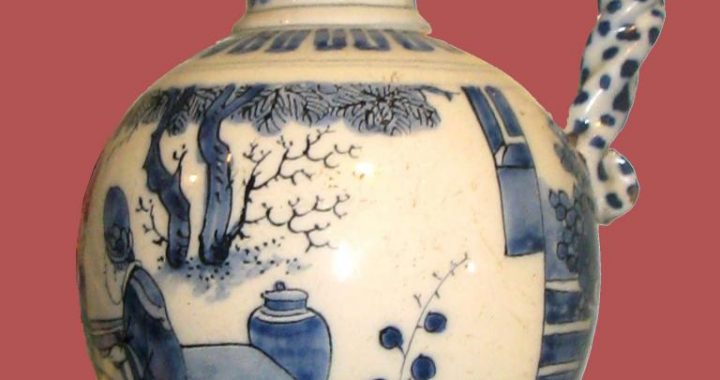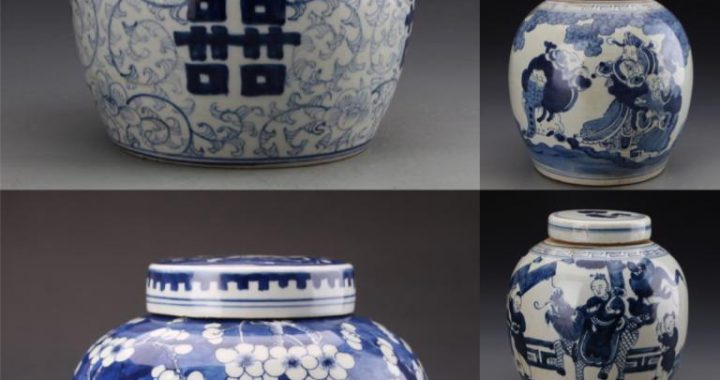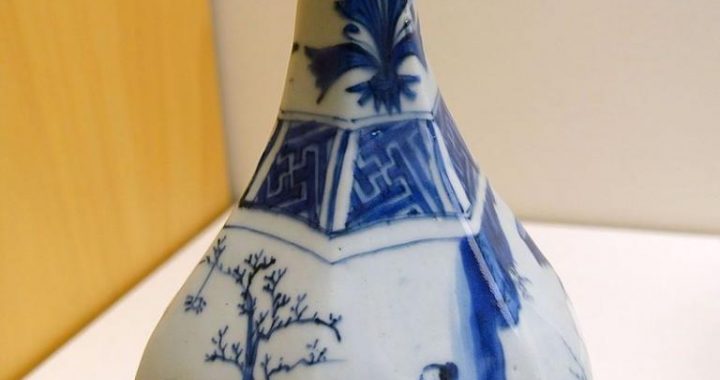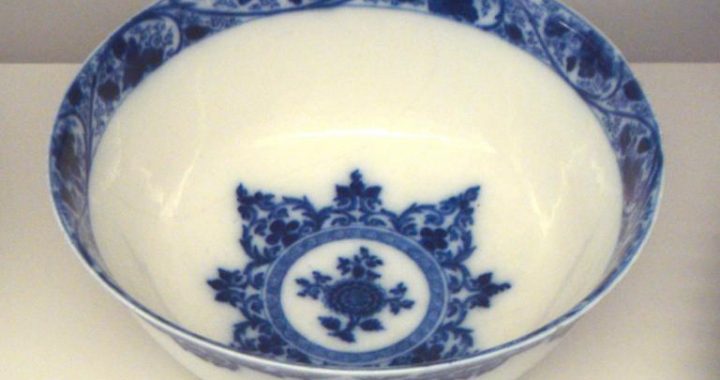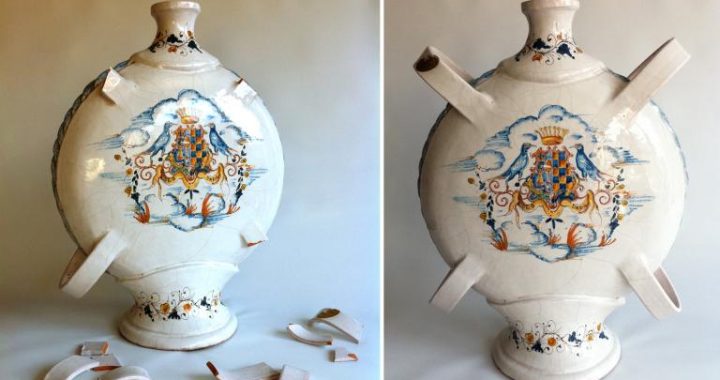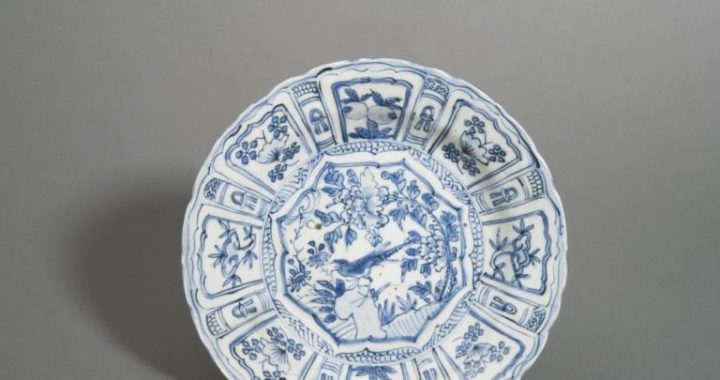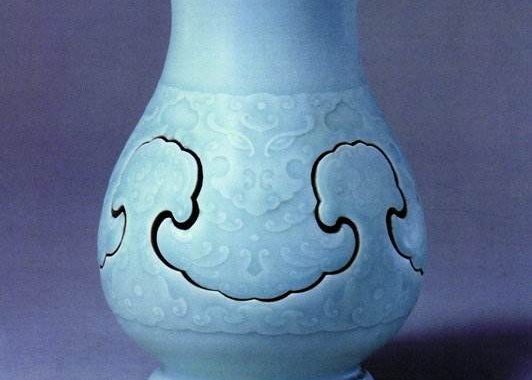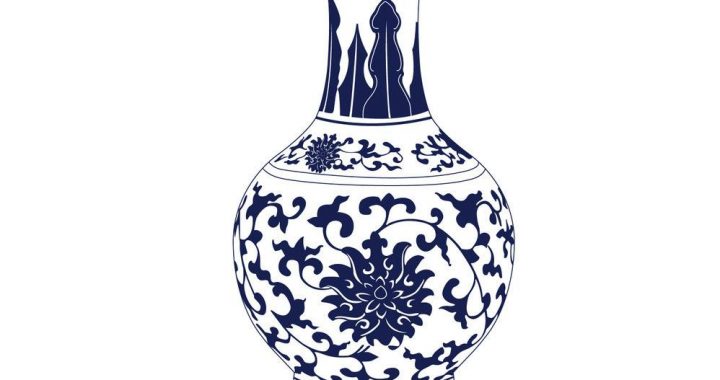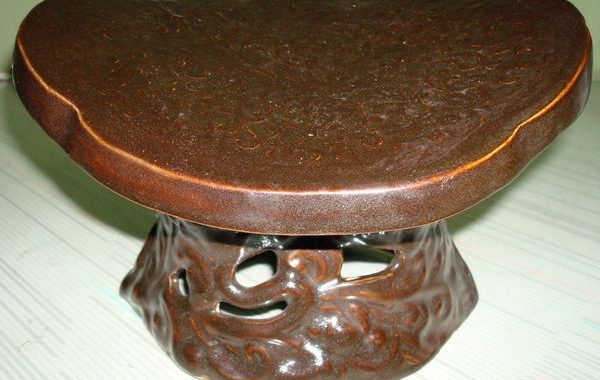Guan Kiln in Song Dynasty
3 min readGuan kiln here refers to the two Song kilns, one for the Northern Song, the other for the Southern Song. The prosperity of the Song porcelain industry led to the emergence of great numbers of kilns, while close exchangetook place among different kiln types. However, due to the lack of sufficient historical records and the abandonment of kiln sites, many issues concerning famous kilns of the Song dynasty leave unsolved, and the Guan kiln of the Northern Song is one of such puzzles.
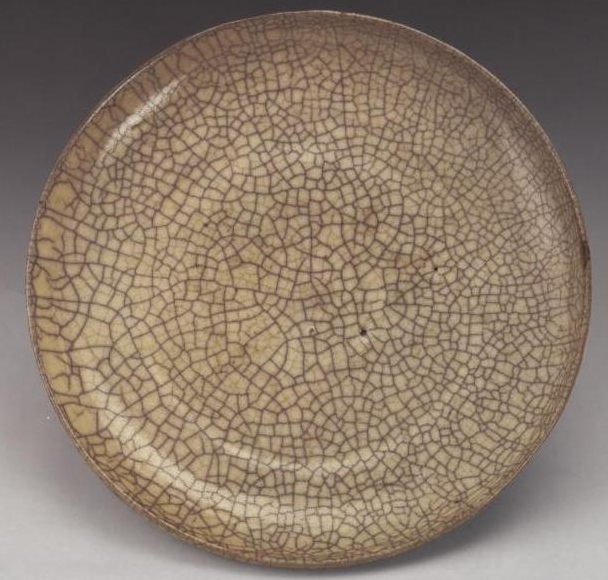
If the historical record of its location in Bianjing (modern-day kaifeng, Henan), the capital of Northern Song is credible, Guan kiln of the Northern Song might have functioned for less than two decades before it was taken over by Guan kiln of the Southern Song. The failure in finding any trace of the kiln site is explained differently. Some believe that it has been flooded and buried by the Yellow River, which has changed its watercourse many times in history; some doubt the authenticity of the record, and some hold that it actually refers to the Ru kiln. No consensus has been reached to date, and we can only turn to Guan kiln of the Southern Song for its style.
The case for the Southern Song Guan kiln is clearer. When the Song court fled to the south and established the new capital at Lin’ an (modern-day Hangzhou, Zhejiang province), they made every effort to restore their former extravagant life style in the north, including the firing of imperial porcelain wares. As a result, they set up two royal kilns respectively known as”Xiuneisi”(Palace Maintenance Office) kiln and “Jiaotanxia”(Altar of Heaven) kiln. The former started to function earlier than the latter, and the sites of both kilns have been found. In order to differentiate them from the Guan kiln in the north, they were also called new Guan kilns. According to historic text, they continued the style of the northern Guan kiln, but were not as large or thick as the latter. Probably influenced by the archaistic favor of Emperor Huizong, most wares ofthe Southern Song Guan kiln imitate the shapes of bronze wares of the Shang and Zhou dynasties, and are cheerful and pleasing to both eyes and mind.
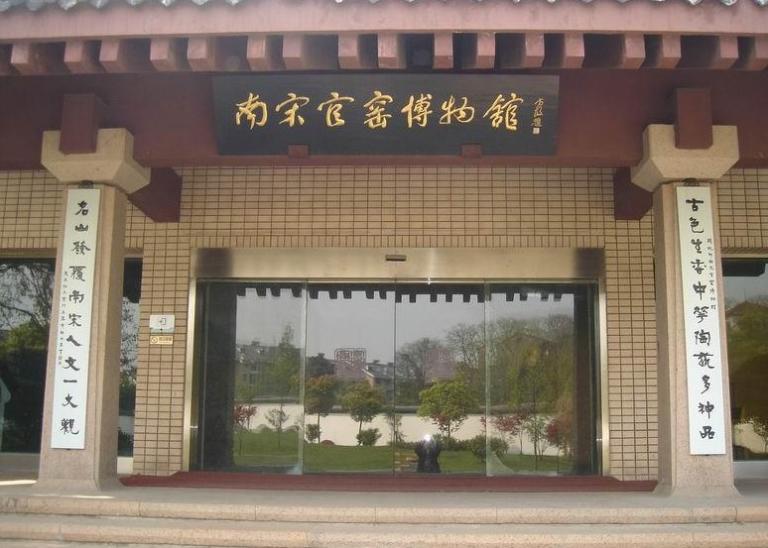
Speaking of Emperor Huizong,as the person who brought doom to the Northern Song dynasty,he was far from being a qualified ruler.Nonetheless,he exerted great influence on the culture and art of Song as an accomplished artist,leaving behind him admirable painting and calligraphy works.In particular,he was the creator of the unique“Slender Gold”chirography,so named because it resembles twisted and turned gold filament, vigorous andexpressive. Moreover, he integrated poetry into paintings so that artworks became more cultivated. We can’t help sighing how destiny had wrongly placed him as the monarch of an empire, who would otherwise be considered as a gentle and versatile artist rather than an extravagant and dissolute emperor.
Due to Emperor Huizong’s identity and his higher artistic attainments, his preference became a fashion duringthe Song dynasty, and set the basic tone for aesthetic taste of the time. In terms of porcelain, fresh and graceful glaze with simple decorations became the mainstream of Song porcelain industry.

